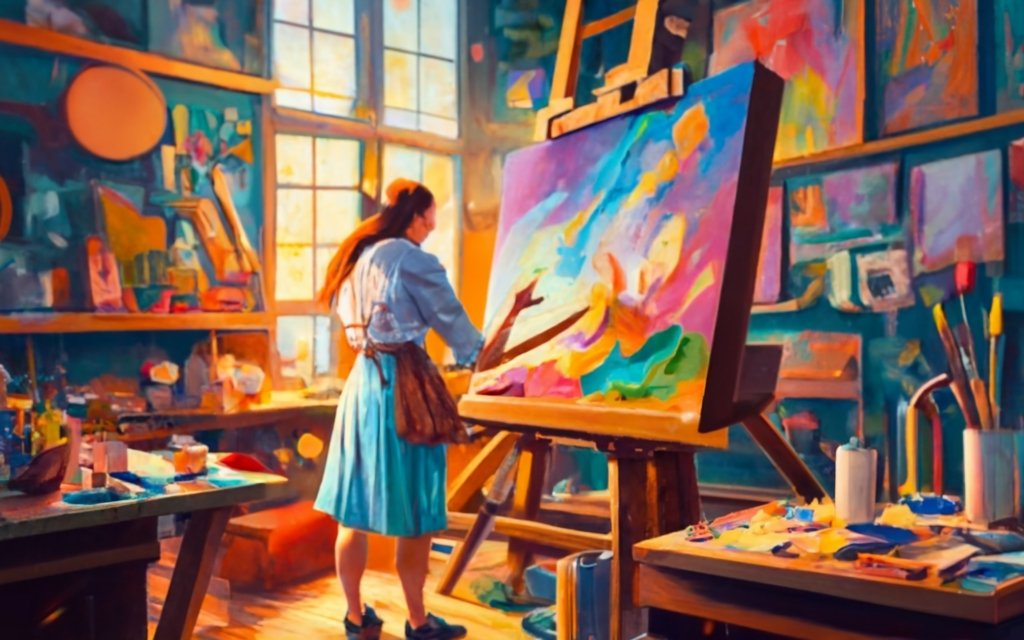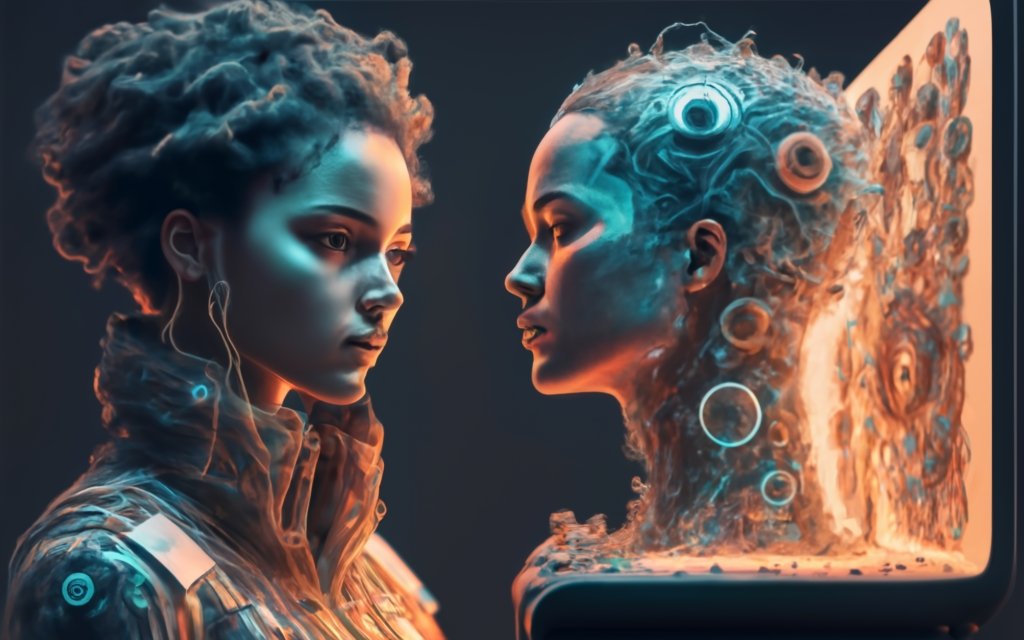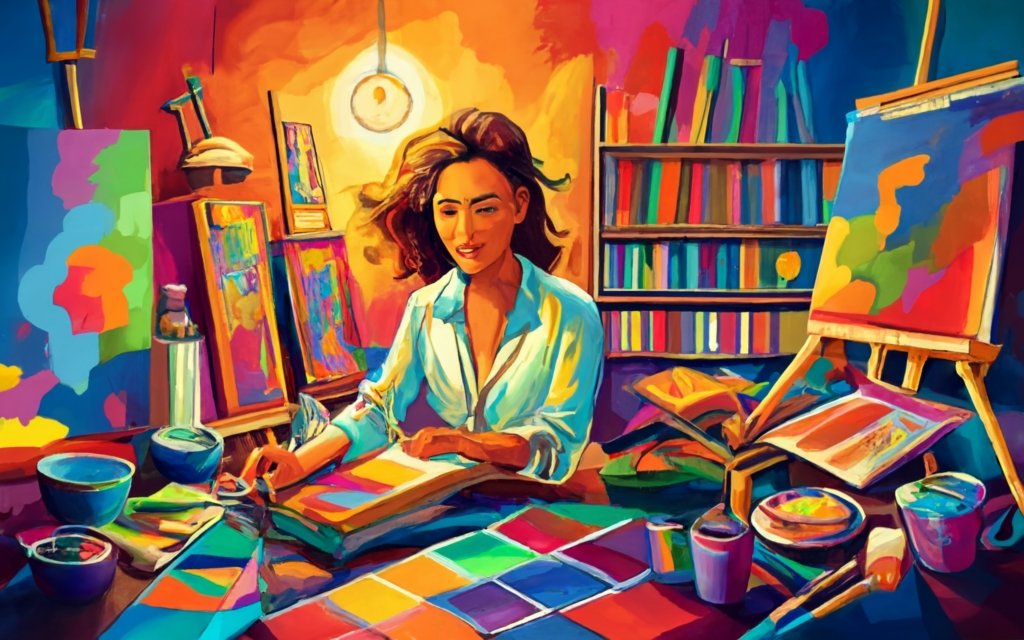You know what’s weird? We talk about masterpieces like they just… happened. Like Michelangelo woke up one morning and decided to chip away at some marble until David appeared. Like Van Gogh casually swirled his brush and—boom—Starry Night.
That’s not how any of this works.
Every masterpiece is a crime scene. And I mean that in the best way. There’s evidence everywhere if you know how to look. Fingerprints in the brushstrokes, DNA in the color choices, a whole forensic trail of decisions that led to greatness.
The really fascinating part? Most artists were terrible at explaining their own process. They’d give these vague interviews about “inspiration” and “vision.” Meanwhile, their hands were doing incredibly technical, calculated things their conscious minds barely registered.
The Myth of the Lightning Strike
Let’s kill this romantic notion right now. Masterpieces don’t come from lightning strikes of genius. They come from thousands of micro-decisions, most of them made by hands that have repeated similar motions so many times they’ve developed muscle memory for excellence.
Look at Leonardo’s notebooks. Guy was obsessed with details that seem completely unrelated to art. Water flow patterns. Bird wing mechanics. Human anatomy to the point where he was basically performing illegal autopsies.
What was he doing? Building a database of how things actually work. Not how they look—how they function. Because once you understand the mechanics, you can manipulate them. Break them. Make them do impossible things that still feel true.
Da Vinci’s flying machines never flew, but his painted fabric looks like it could catch wind. His imaginary muscles have tension you can feel. He wasn’t painting appearances; he was painting physics.
Preparation Is Everything (And Nothing)
Here’s the contradiction that drives art students crazy: masterpiece artists prepared obsessively and then threw it all away at the exact right moment.
Degas spent years studying ballet dancers. Drew them from every angle, in every pose, at every stage of exhaustion. Filled sketchbooks with knees and ankles and the specific way tutus catch light. Then he’d walk into the studio and paint a dancer from memory—but wrong on purpose. The preparation gave him the confidence to lie convincingly.
Picasso could draw photo-realistically by age 13. Those crude-looking Cubist faces? They’re not crude because he couldn’t do better. They’re crude because he chose crude. The technique served the vision, not the other way around.
That’s what separates masterpieces from technical exercises. Technical skill becomes invisible, a language so fluent you can use it to say things that have never been said before.
The Happy Accident Theory
Every great artist will tell you about happy accidents. Paint dripping in exactly the right way. A color mixing that created something unexpected. A brushstroke that went wrong but looked better than what they’d planned.
But here’s the thing—happy accidents only happen to people who’ve put in enough work to recognize them when they occur.
Jackson Pollock’s drip paintings look chaotic, but watch footage of him working. He’s incredibly controlled. Every gesture is intentional, even when the exact result is unpredictable. He spent years learning how different paints behave when thrown, when dripped, when poured from different heights at different speeds.
The “accident” was controlled chaos. The genius was knowing when to stop.
Same with Rothko’s color fields. Those soft edges that look so effortless? He mixed his paints with raw eggs to get exactly the right consistency. Worked in specific temperatures to control drying time. Built up dozens of transparent layers to achieve that floating quality. Nothing accidental about any of it.
Tools Shape Thoughts
Artists don’t just use tools—they think with them. And different tools create different kinds of thoughts.
Charcoal makes you think in shadows and light masses. Pencil makes you think in lines and details. Oil paint makes you think in time—because you can keep pushing it around, blending, changing your mind. Watercolor makes you think fast and commit—because once it’s down, it’s down.
Digital tools? They make you think in layers. In undo. In possibilities that can be endlessly revised.
The masters understood their tools so completely they could make them do things they weren’t supposed to do. Turner would scrape paint with his fingernails, smear it with rags, even spit on it. He turned watercolor—typically a delicate medium—into something violent and atmospheric.
Van Gogh loaded his brush with so much paint it became sculptural. Those thick strokes weren’t just color; they were topography. Light hit them differently depending on your viewing angle. The painting changed as you moved.
Stealing Like an Artist (Before It Was Cool)
Every master was a master thief. Not copying—stealing. There’s a difference.
Copying means making something that looks the same. Stealing means taking the essential technique and using it for your own purposes.
Manet stole composition structures from Old Masters but filled them with contemporary subjects. He’d take a classical goddess pose and stick a modern prostitute in it. Same visual language, completely different conversation.
Cezanne stole from the Impressionists but removed their spontaneity. Where they captured momentary light effects, he built permanent structures out of color patches. He made Impressionism architectural.
Picasso famously said “good artists copy, great artists steal.” What he meant was: copying keeps you dependent on the original. Stealing makes it yours.
The internet makes this easier and harder. Easier because you can access every technique ever invented in seconds. Harder because everyone has access to the same reference pool. The challenge now is synthesizing influences in ways that feel fresh.
Process Versus Outcome
Most people focus on finished masterpieces. But the real learning happens in the process—and most processes look like disasters in progress.
Giacometti would build sculptures up and tear them down repeatedly. Same model, same pose, hundreds of attempts. He wasn’t trying to get it right; he was trying to understand what rightness meant for that specific piece at that specific moment.
Francis Bacon destroyed more paintings than he kept. He’d work on something for months, then slash it with a knife because it wasn’t saying what he needed it to say. The destroyed paintings weren’t failures—they were research.
This is hard for contemporary artists who document everything on social media. Every sketch becomes public record. Every experiment gets judged. The masters had the luxury of private failure, which may have been essential to their willingness to take risks.
The Obsession Factor
Here’s what art history books don’t tell you: every master was obsessed to the point of dysfunction.
Monet painted water lilies for the last 30 years of his life. Same pond, same flowers, over and over and over. People thought he’d lost it. But he was chasing something specific—the way light changes the identity of things. How morning lilies are completely different creatures than evening lilies.
Georgia O’Keeffe painted flowers so close-up they became abstract landscapes. Spent decades working within this incredibly narrow focus. People kept asking why she didn’t try other subjects. Wrong question. The question was how deep could she go into this one subject.
That level of obsession creates a kind of tunnel vision that’s essential for breakthrough. You can’t revolutionize something you’re only casually interested in.
Modern Complications
Today’s artists have problems the masters never faced. Infinite choice can be paralyzing. When you can make any color, use any technique, reference any image, how do you choose? Sometimes limitations force creativity more than freedom does.
The masters were limited by their materials, their training, their cultural context. Those limitations became their signature styles. They got deep because they couldn’t go wide.
Contemporary artists have to create their own limitations. Choose constraints that make sense for what they’re trying to say. The successful ones figure out ways to be obsessive in an era of distraction.
Digital tools add another layer of complexity. You can undo anything, copy endlessly, manipulate beyond recognition. The happy accidents have to be programmed in. The tool marks have to be intentionally imperfect.
But the fundamentals haven’t changed. Understanding your materials. Being obsessed enough to push past obvious solutions. Stealing intelligently. Preparing thoroughly then abandoning the plan at exactly the right moment.
The creative process behind masterpieces isn’t mysterious. It’s methodical, obsessive, and deeply technical. The mystery is having the vision to know what all that technique should serve.
That’s the part you can’t teach. But everything else? That’s just work. Beautiful, consuming, absolutely essential work.
The masterpiece isn’t the end result. It’s evidence that someone cared enough to work that hard for that long on something that might not work.
Most of the time, it doesn’t work. When it does… that’s when we get those pieces that stop people in museum hallways, make them forget where they were going.
Worth it.

Jaida Hauschildt is a contemporary artist known for her captivating and thought-provoking works of art. With a background in fine arts and a passion for exploring the intersection of traditional and modern artistic techniques, Jaida brings a unique perspective to visual art.




